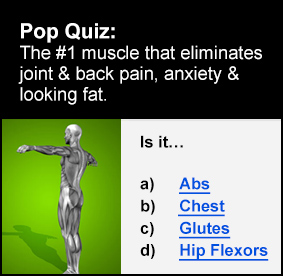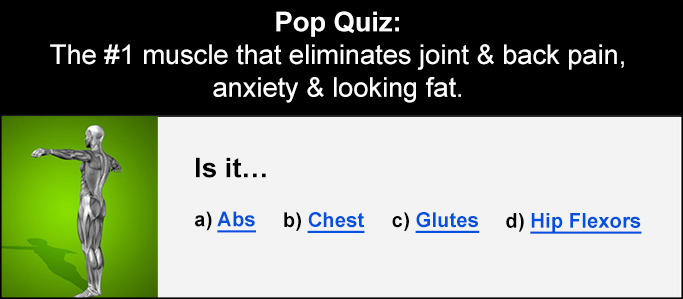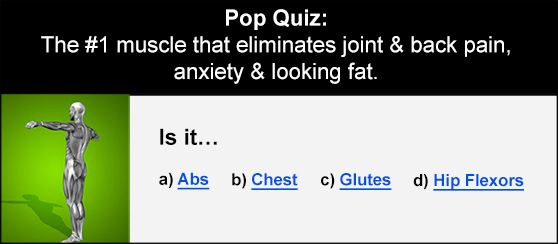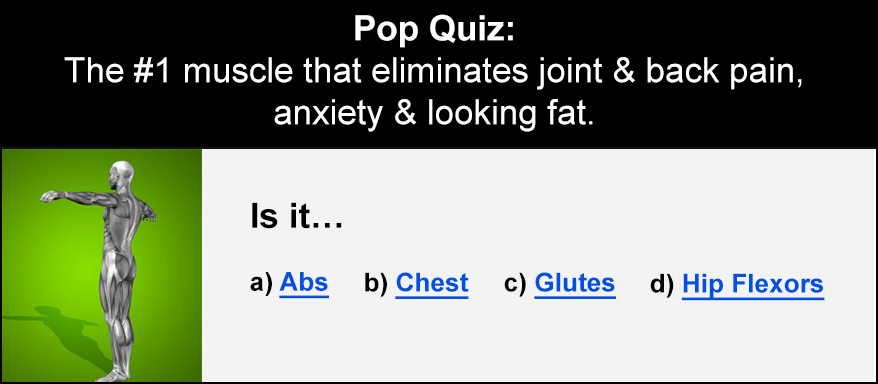
The aging process comes with many unavoidable changes. These aren’t all negative though, as experience and life lessons “under your belt” are great for improving yourself.
However, common joint risks over 40 are less positive. They are also not necessarily inevitable. However, your risk factors do increase during this period of your life. This article discusses the 3 most common joint risks, as well as some solutions to keep your joints healthy over 40.
Back
The lower back is the single most injured area among humans with 80% of everyone experiencing debilitating lower back pain. This is a serious issue that can affect everything from your exercise performance to the simple ability to walk.
With the spine being involved in everything you do, injury here will show up everywhere in life. The importance of reducing back injury risk is key and it is why we do exercise for the abdominal muscles to keep the spine safe.
Back injury is often year-long, with multi-year injuries being common and a serious risk of psychological damage. Clearly, this is a problem worth protecting yourself from!
Solutions to lower back injury? Developing the muscles that surround the spine is key to getting the most out of your training and staying healthy as you get older. The key muscles affecting the health of the spine in people over 40 are the abdominals, buttocks, and spinal erectors, especially the multifidus.

Elbows
Tennis elbow might be in your future whether you’re into tennis or not. Elbow injuries are common because of the repetitive nature of many elbow movements. These are often also met with frozen elbows and limited movement.
This can be a real concern since many of the things we do with our time involve movement in the arms. You don’t realise how much you use your elbows until it hurts every time you do!
What can you do to protect your elbows from injury? There are two simple steps to producing better elbow health that you can do by yourself, though a medical assessment can make a significant change to your results.
First, loosen off the tight muscles surrounding the elbow. This can easily inhibit movement and produce pain in normal ranges. This should involve stretching the muscles that cross the shoulder and bicep, as well as the longer head of the tricep.

Knees
The knee is key for walking and most other physical activity. It hinges so many times in a day that you’ve probably completely ignored it until it starts to hurt.
Knee injuries come from poorly managed posture and impact, most of the time. However, they can also occur in response to slips and stumbles, which you can’t predict. The solution with knees is to make sure that they’re well prepared for life, and stabilised by the muscles of the thigh, hips, and partially by the calves.
To best protect your knees it is imperative to build and maintain strong legs and hips. Strong legs and hips produce healthy, durable knees. Exercise through the legs is a key way of strengthening both the muscles and tendons to support the knee.
Hip exercises like the Romanian deadlift and back extension are great ways to develop knee-hip strength and develop the muscles that control the knee, such as the buttocks. These ensure effective posture of the knee and can contribute to better movement patterns.
Strengthening the thigh muscles with exercises like reverse lunges, split squats, and Bulgarian split squats are also important. These replicate the demands of real life and can be used to strengthen the hips or improve knee posture to reduce injury risks.
If you have a specific problem (such as the knees “falling inwards,” or knock knees, it’s possible to attach a resistance band to the knee to work against. This is a great way of getting the most from your exercise.








